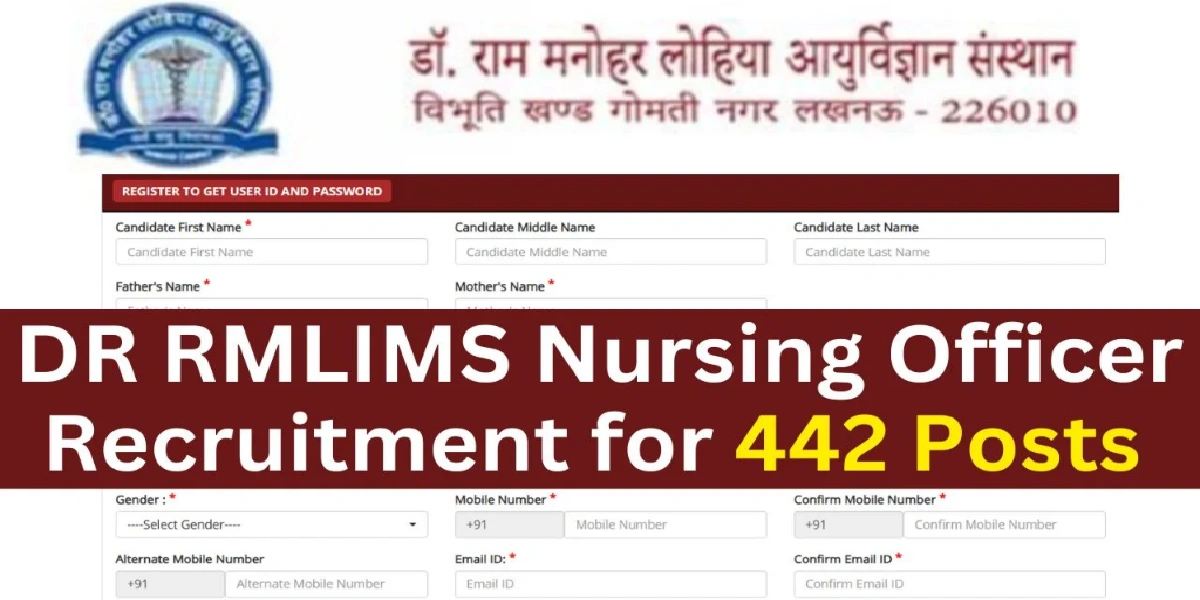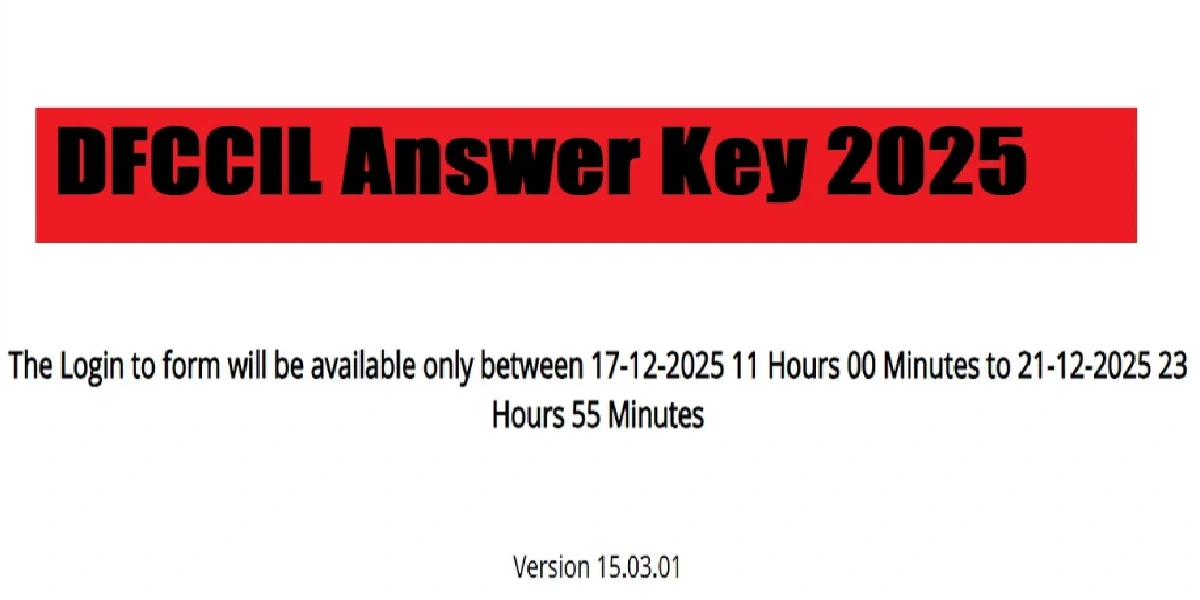Overview of FAFSA Application Process
Completing the Free Application for Federal Student Aid (FAFSA) is an essential step in the process of applying for financial aid for college. The FAFSA application allows students to access various federal grants, loans, and work-study programs to help cover the cost of higher education. It collects information about a student’s financial situation and is used by colleges and universities to determine the amount of federal aid a student is eligible to receive.

When filling out the FAFSA form, students will need to provide details about their income, family size, and other financial information. It is crucial to gather all necessary documents beforehand to ensure accurate and timely completion of the application. Understanding the deadlines for submitting the FAFSA is also important, as missing the deadline could result in reduced aid or even the loss of eligibility for certain types of financial aid. By carefully following the instructions and providing accurate information, students can maximize their chances of receiving the financial assistance they need for their education.
Eligibility Requirements for FAFSA
To qualify for federal financial aid through the Free Application for Federal Student Aid (FAFSA), students must meet certain eligibility requirements. One of the key criteria is demonstrating financial need, which is determined by the information provided on the FAFSA form. Additionally, applicants must be U.S. citizens or eligible noncitizens, have a valid Social Security number, and be enrolled or accepted for enrollment in an eligible degree or certificate program at a participating institution.
Furthermore, to be eligible for FAFSA, students must maintain satisfactory academic progress as defined by their institution. This includes meeting minimum GPA requirements and completing a sufficient percentage of their courses. In addition, male applicants aged 18 to 25 are required to register with the Selective Service System to receive federal student aid. Meeting these eligibility requirements is crucial to receiving financial assistance to help fund your college education.
Gathering Required Documents for FAFSA
One of the essential steps in completing the FAFSA application is gathering all the necessary documents beforehand. These documents typically include your Social Security number, driver’s license number (if applicable), federal income tax returns, W-2 forms, records of untaxed income, information on savings, investments, and business assets, as well as any additional financial information such as child support paid or received.
Ensuring that you have all required documents available before starting the FAFSA application process can streamline the process and prevent delays in submission. By gathering these documents in advance, you can avoid the frustration of having to pause the application midway to search for missing information. Additionally, having all necessary paperwork at hand allows you to accurately input information, increasing the likelihood of an error-free application.
Creating an FSA ID
To initiate the FAFSA application process, one crucial step is creating a Federal Student Aid (FSA) ID. This unique username and password combination serves as your digital signature when accessing Federal Student Aid websites and is used to sign the FAFSA form electronically. When establishing your FSA ID, it is imperative to provide accurate personal information, such as your name, date of birth, and social security number, to ensure a seamless authentication process.
Once you have successfully created your FSA ID, it is essential to keep this information secure and confidential. Your FSA ID grants you access to sensitive financial aid documents and resources, so maintaining the confidentiality of this login credential is paramount. Additionally, utilizing your FSA ID to sign the FAFSA form signifies your commitment to providing accurate and truthful information throughout the application process, emphasizing the importance of this digital signature in the FAFSA submission process.
Completing the FAFSA Form Online
When it comes to submitting your FAFSA application, completing the form online is the most common method used by students. The online form offers a user-friendly interface that guides you through each section, ensuring you provide all the necessary information accurately. Make sure to have your social security number, driver’s license, tax returns, W-2 forms, and other financial records on hand to expedite the process.
After entering your personal details, including your name, address, and dependency status, you will move on to the financial section. Here, you will need to input your income and assets, as well as those of your parents if you are considered a dependent. It’s essential to double-check all the information you’ve entered before submitting the form to avoid delays in processing. By completing the FAFSA online, you can easily track the status of your application and make any necessary corrections promptly.
Understanding FAFSA Deadlines
FAFSA deadlines play a crucial role in the financial aid application process. It is imperative for students to be mindful of these deadlines to ensure their application is considered for various federal student aid programs. Missing the deadline can result in a delay or even loss of financial assistance, potentially impacting a student’s ability to pursue higher education. Each academic year, the FAFSA form opens on October 1st, and it is recommended to submit the application as soon as possible to maximize the chances of receiving aid.
Furthermore, it is essential to be aware of both federal and state FAFSA deadlines as they may vary. While the federal deadline is June 30th, many states and colleges have their own deadlines, which may be as early as February or March. Missing the state or college deadline could mean missing out on valuable financial aid opportunities, so it is crucial to stay organized and keep track of all relevant deadlines. Students should plan ahead and make a note of these dates to ensure a smooth and timely submission of their FAFSA application.
Reviewing and Correcting FAFSA Information
When it comes to the Free Application for Federal Student Aid (FAFSA), reviewing and correcting the information you provide is crucial. After completing the FAFSA form, it’s essential to carefully go through all the details you have entered to ensure accuracy. Mistakes or inconsistencies in your FAFSA can delay the processing of your application or potentially lead to receiving less financial aid than you are eligible for. Therefore, taking the time to review and correct any errors is an important step in the FAFSA process.
One common mistake to watch out for when reviewing your FAFSA information is entering incorrect financial figures. Make sure that all income and asset details are accurately reported, as these numbers play a significant role in determining your eligibility for federal aid. Additionally, check that personal information such as your name, date of birth, and social security number are all correct. Even a small typo in these details can create issues with your application. By reviewing and correcting any errors promptly, you can help ensure that your FAFSA is processed smoothly and accurately.
Submitting the FAFSA Form
Once all the required information has been accurately input into the FAFSA form, the final step is to submit it for processing. This can typically be done electronically through the official FAFSA website. It is essential to double-check all the entered information before hitting the submit button to ensure accuracy and prevent any potential delays in processing. After submission, a confirmation email is usually sent to the provided email address, acknowledging that the FAFSA form has been successfully submitted.
In some cases, additional steps may be required after submitting the FAFSA form, such as providing any requested verification documents. It is imperative to promptly respond to any such requests to avoid any delays in the financial aid application process. Once all necessary steps have been completed, applicants can track the status of their FAFSA application online to stay informed about any updates or additional information required by the financial aid office.
| Read More Topics |
| Benefits of honours degree in education |
| Inside Fontbonne university: A gateway to opportunity |
| What is the ranking of Fontbonne university in the US? |





